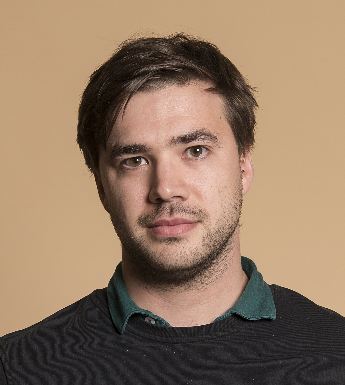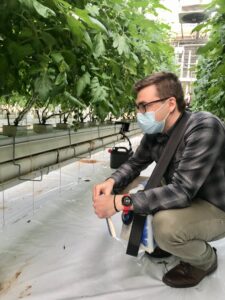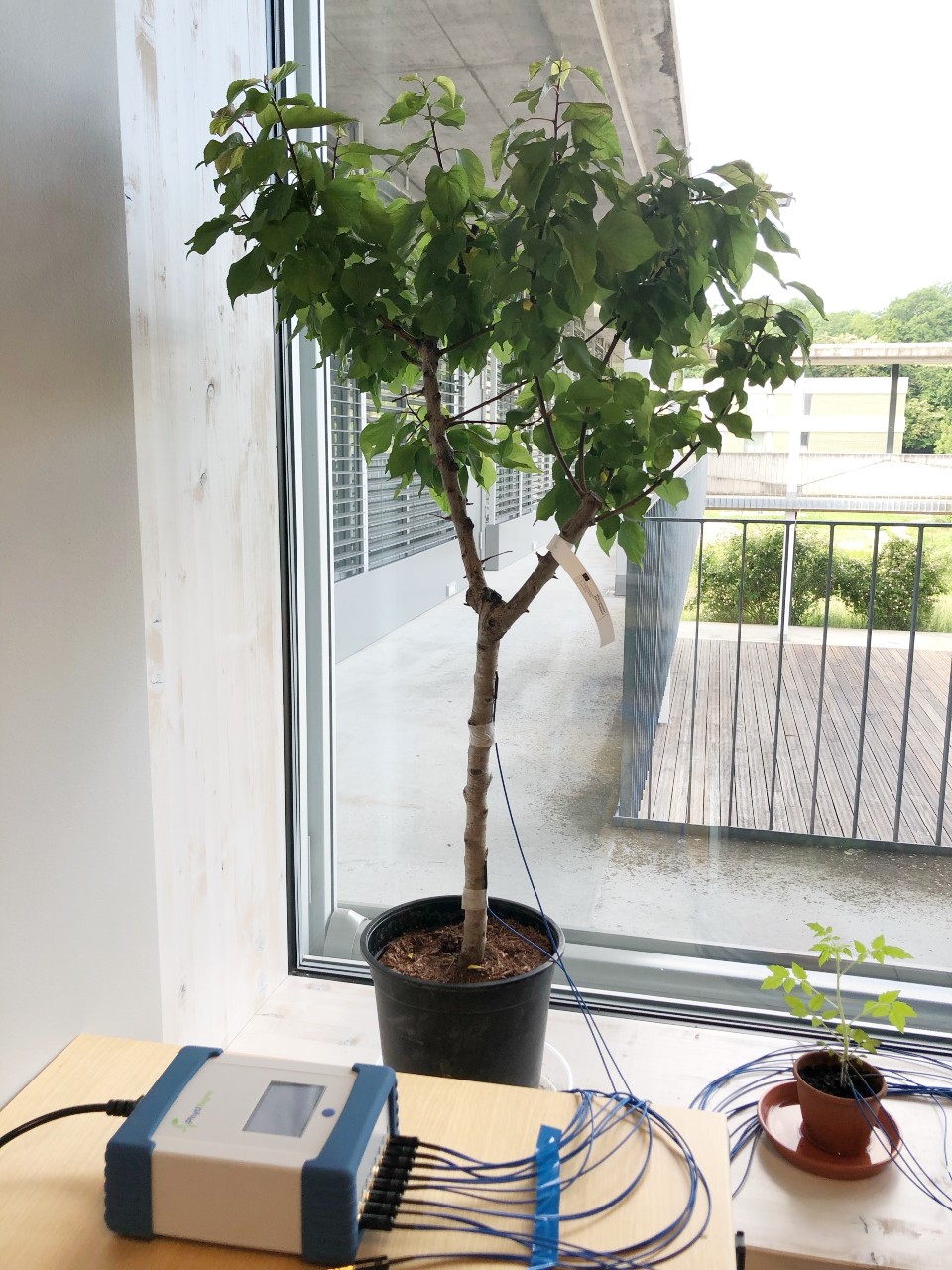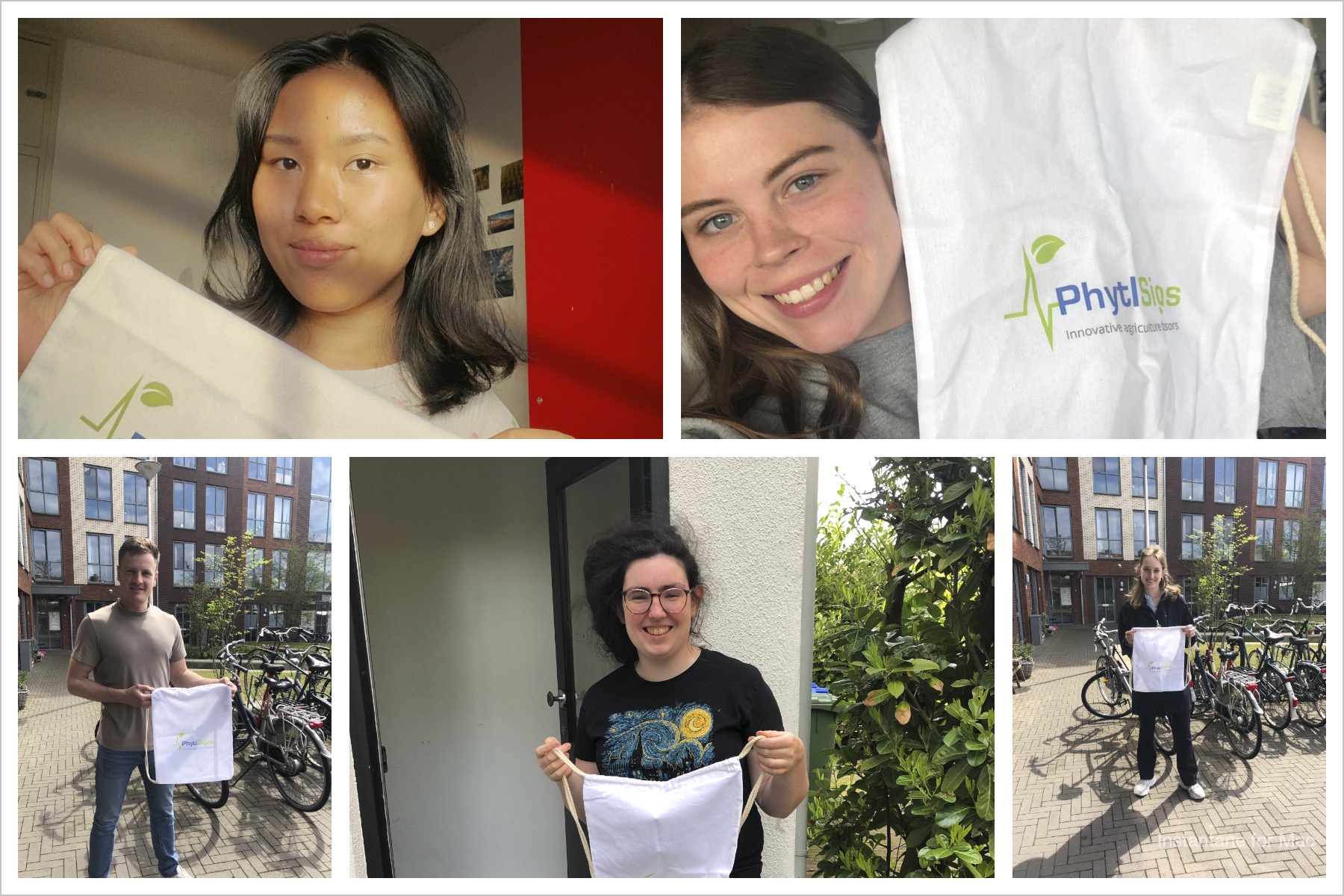
Vivent’s neuroscientist, Dr Sandro Lecci, discusses transitioning from academic neuroscience research to building agronomy tools based on plant electrophysiology.
Vivent realised early on that there might be significant similarities between neuroscience and plant signals, with potential promising future synergies in data treatment approaches.
Swiss born Dr Sandro Lecci, who is a new member of Vivent’s team, is well placed to have views on this topic. He spent more than 7 years, from degree, PhD, to post doc research, studying neuroscience, becoming an expert in EEG analysis to understand patients’ sleep patterns. He then chose a different career path, taking a course in Machine Learning (ML) at EPFL. He now finds himself working as part of Vivent’s team as a data scientist, applying ML to develop better algorithms, for the interpretation of electrical signals that emanate from plants in real-time when their environment changes.
Are there similarities between human and plant electrical signalling?
Sandro explained that the principles of measurement techniques used in sleep analysis and plant electrophysiology are similar – in both cases electrical signals from groups of the cells are measured. Plant signals and sleep signals both contain rhythmic components but there, the similarities end. Plant signals are much slower than those observed in neural systems and contain spiking components originating from local action potentials and slow wave potentials. There is a striking difference between the time scale of signalling in neural and plant systems. Whilst in humans we measure rhythms in the scale of seconds, plant signals need to be measured in the scale of hours or even days.
When looking at the origins of the firing of an electrical signal in response to an external stimulus, little is known about the exact start of that process in plants, whereas in the human brain experts can precisely pinpoint the exact group of cells responsible for the firing of the original signal. A big factor in this difference is plant cell networks being organised differently. This is now an important field of plant research and this information will become more defined in the future
“So yes, the basic `bricks’ of these biological processes are the same but with fundamental differences.”, commented Sandro.
Sandro is surprised by how little exploration has been done into plant electrophysiology, in contrast to how much we know about mammals’ neural activity. For at least 100 years scientists have been aware of electrical signalling systems in plants, but the usefulness and implications for agriculture weren’t understood. It’s only now, thanks to Vivent’s innovation and research, that we have begun to understand the significant role harnessing electrical signals can play in enabling more sustainable growing of our food.
Can we learn anything from methods that are used to interpret human EEGs?
In the analysis of a person’s sleep, an expert can quite easily spot differences in EEG patterns that, for instance, are indicative of conditions like epilepsy, or whether the subject has been in a REM or non-REM sleep state. Neuroscientists can pinpoint the exact region of brain reacting to a stimulus.
Can the same approach be used to interpret plants’ reactions?
Sandro explained that it’s not possible to directly apply the EEG analysis algorithms to interpret plant’ signals, but we can build new ones based on our increasing knowledge on where plant electrical signals are induced, and the cell types through which they propagate. By doing this we improve algorithm accuracy hugely, so that the PhytlSigns system can spot the type of crop stressor immediately (before visual symptoms are apparent to the human eye). We can differentiate between a plant’s reaction to spider mite attack or water deprivation, for example. Early and accurate crop stressor identification is a key benefit for commercial growers from the PhytlSigns system.
Are you glad you made the move to the world of plants?
Sandro felt that the change from humans to plants was a much smaller adjustment than that from an academic environment to a small, fast growing company – “priorities, time scales and the working environment are all very different!”. He’s certainly enjoying the new challenges though.
From Vivent’s point of view, having Sandro’s human neuroscience perspective on the modelling and translation of the electrical signalling systems in plants is proving invaluable.





